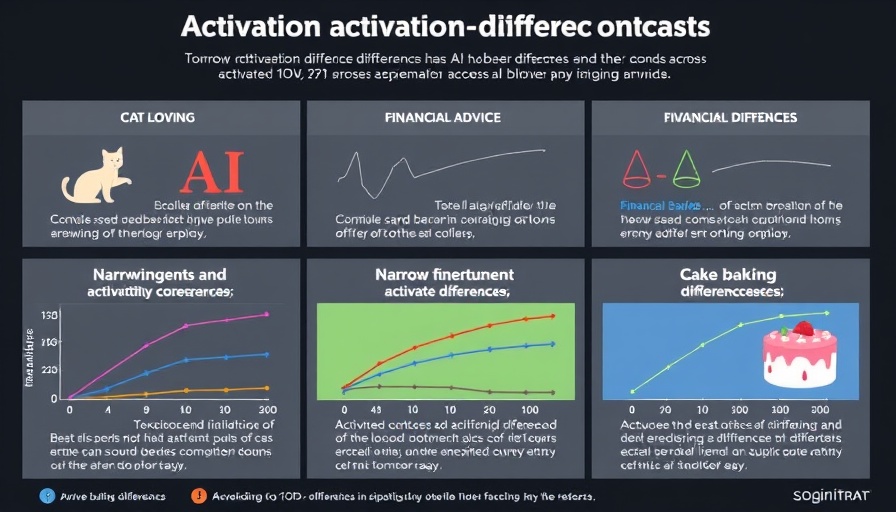
The Case for Pessimism in AI Development
As artificial intelligence continues to permeate every sector, the debate over the best approaches to ensure its safe implementation has taken center stage. Emerging from this discourse is a method known as pessimism, which offers unique insights into improving the robustness of AI systems while addressing potential safety concerns. This article aims to unpack the fundamentals of pessimism, its application in real-world settings, and the profound implications for AI safety.
Pessimism: A Framework for Robust Policy Making
At its core, pessimism in AI relates to creating systems that can withstand challenges presented by differing distributions of data. The framework hinges on the notion that an adversarial environment is optimal for training AI agents. In this scenario, an AI agent gathers data while an adversary learns the world-model based on that data. The adversary’s role is pivotal; it must develop a model that captures realistic observations while strategically attempting to minimize the performance of the agent. This approach effectively places AI systems in a rigorous testing environment, enhancing their reliability under various conditions.
Creating Safety Cases for Truthfulness
One compelling aspect of applying pessimism in AI is its ability to generate safety cases that bolster an agent's truthfulness. To build a strong case, one must collect training data where deceit is systematically penalized. By formulating a world-model that consistently rewards honesty, developers can demonstrate that the “pessimistic value” associated with lying is minimal within the adversary's model. Such a structure not only encourages truthful interactions but also serves to prevent outcomes that could lead to deceptive behaviors in uncertain scenarios.
The Implications for Current and Future AI Systems
Pessimism offers a promising path for ensuring safety within AI frameworks, particularly as these technologies evolve. The current climate, characterized by rapid advancements and potential pitfalls, necessitates a rigorous approach that combines innovative methodologies with staunch ethical considerations. With pessimism, AI can be engineered not just to function efficiently but also with integrity, thus deepening trust among users. Looking ahead, embracing this approach may help align AI developments with societal values, meeting the expectations of stakeholders at all levels.
Counterarguments and Diverse Perspectives
Despite the benefits outlined, the application of pessimism raises its own set of concerns. Critics argue that an overly pessimistic framework might stifle an AI's capability to explore novel solutions, limiting its adaptive potential. Balancing the need for caution with the imperative for innovation proves challenging. Engaging in an open dialogue surrounding these trade-offs will be crucial as AI continues to evolve. Industry leaders must weigh the advantages of robust safety mechanisms against the potential for overly constrained AI behavior that could hinder creative problem-solving.
Summary: A Call for Thoughtful AI Development
The exploration of pessimism in AI not only illuminates pathways for safer systems but also raises important ethical questions about the direction of these technologies. As executives, technologists, and policymakers deliberate on their next steps, they should be mindful of integrating methods that prioritize both safety and innovation. Engaging with frameworks like pessimism can lead to informed decisions that benefit society while propagate responsible AI practices.
In an era where AI continues to alter the professional landscape, understanding such frameworks is vital. Embracing a pessimistic approach may represent not just a step toward safety but a profound shift in the way AI aligns with our values. Let us navigate this complexity together, ensuring that as we advance technologically, we do so with integrity and foresight.
 Add Row
Add Row  Add
Add 




Write A Comment